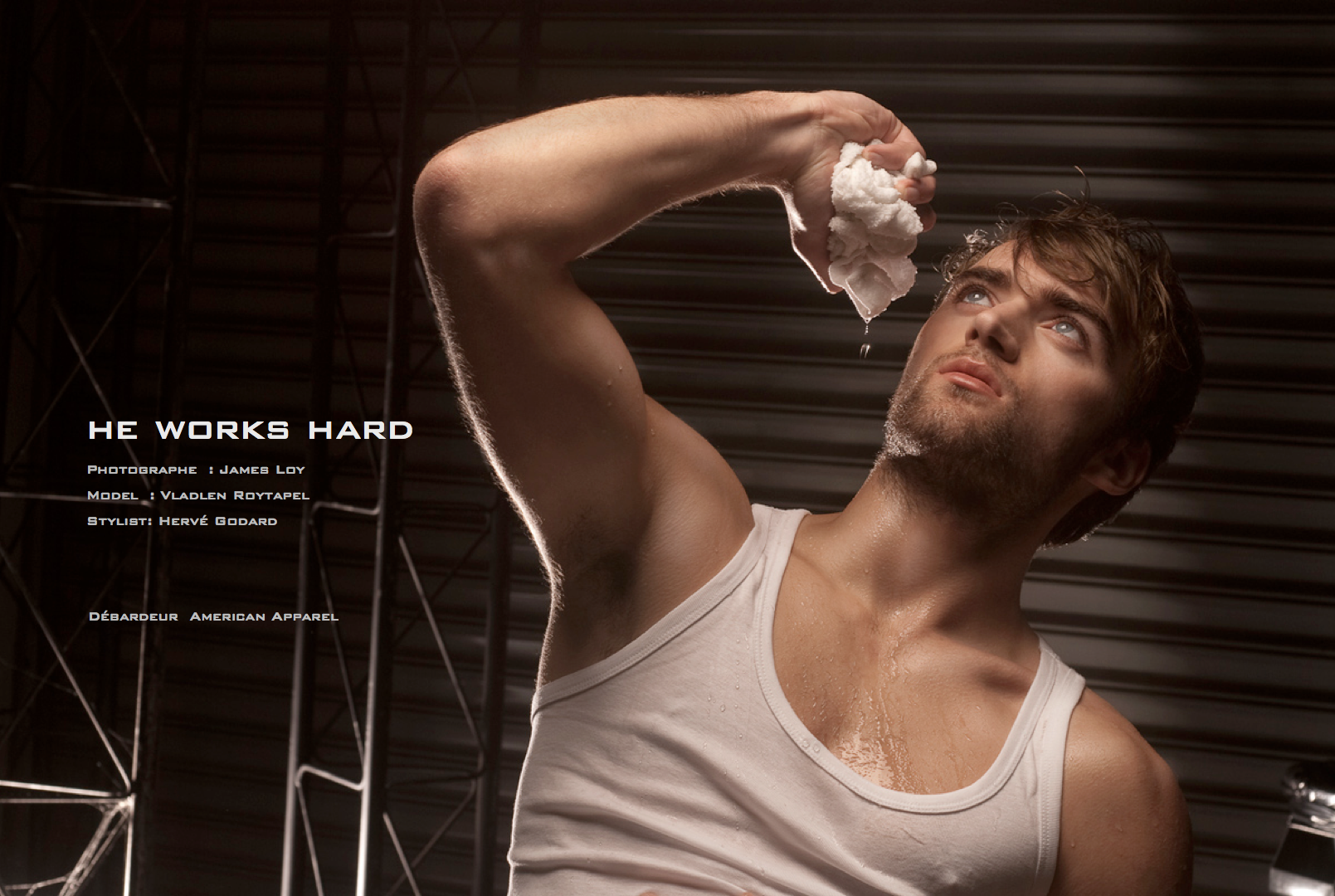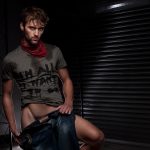La maison Arthus Bertrand, célèbre pour ses décorations militaires et ces médailles, propose une nouvelle ligne de bijoux dont les bracelets Safari.
On notera également la bague « Rencontre », le pendentif « Feuillage » et le bracelet en cuir double tour.
































































































































































































































































































